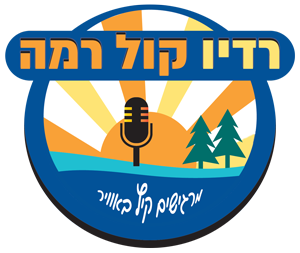Parsha Talk Tzaria Metzora 5785 2025
Tazria-Metzora [Leviticus 12-15] is the first in a series of doubled parashiyot in the Book of Leviticus. With its emphasis on afflictions of the body, some caused by disease and some caused by natural processes, it has been a test for those seeking to find homiletical material connected to the text. It has been well said that doubling up makes the task easier in that there is only one difficult week, rather than two.
Nevertheless, the parashiyot do raise some fascinating questions for the modern mind. Can we envision a priestly Judaism in 2025? Should we place as much emphasis on the body as a tool for religious expresssion as our ancestors apparently did? What might we learn from the biblical example where the issue of tumah and taharah [impurity and purity] with respect to tzara’at [often translated, mistakenly, as leprosy] is decided by the priest rather than the disease itself? And finally, the bayit ha-menuga, the house afflicted by leprosy, is one of 3 cases [the other two being the stubborn and rebellious son (Deuteronomy 21:18-21) and the city given over to idol worship (Deuteronomy 13:13-19], where one sage said the case never happened and another said he had personal witness. What do we make of two thoroughly incompatible opinions on the same page of the Talmud?
Since this is the week, too, of Yom Ha-zikkaron [Israel’s Memorial Day] and Yom Ha-atzma’ut [Israel’s Independence Day], we discussed these as well [we recorded Sunday night, 4/27/2025]. We feel even more keenly the plight of the hostages who remain in Gaza, and pray even more fervently for their speedy release and for the safety of all those who defend Israel as part of the Israel Defense Forces. Shabbat Shalom.
